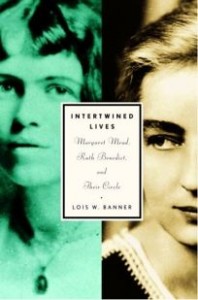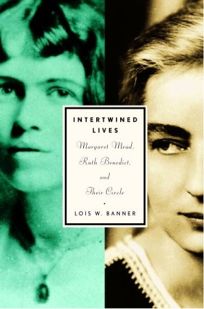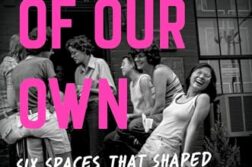 Intertwined Lives: Margaret Mead,
Intertwined Lives: Margaret Mead,
Ruth Benedict, and Their Circle
by Lois W. Banner
Knopf. 540 pages, $30.
Margaret Mead (1901-1978) is a fixture in the American imagination: a superhero of anthropology; intrepid explorer; a woman leaps and bounds ahead of her time. Mead’s bisexuality and her lifelong relationship with like-minded anthropologist and writer Ruth Benedict, which Lois W. Banner explores thoroughly in Intertwined Lives, is not an entirely new thesis. Of the countless books written by and about her, the influential handful—most notably her first, Coming of Age in Samoa (originally published in 1930) and her subsequently published Sex and Temperament in Three Primitive Societies (1935)—give more than a passing nod to her interest in cultures with permissive attitudes toward sexuality, including the acceptance of multiple sex partners and the practice of homosexuality.







